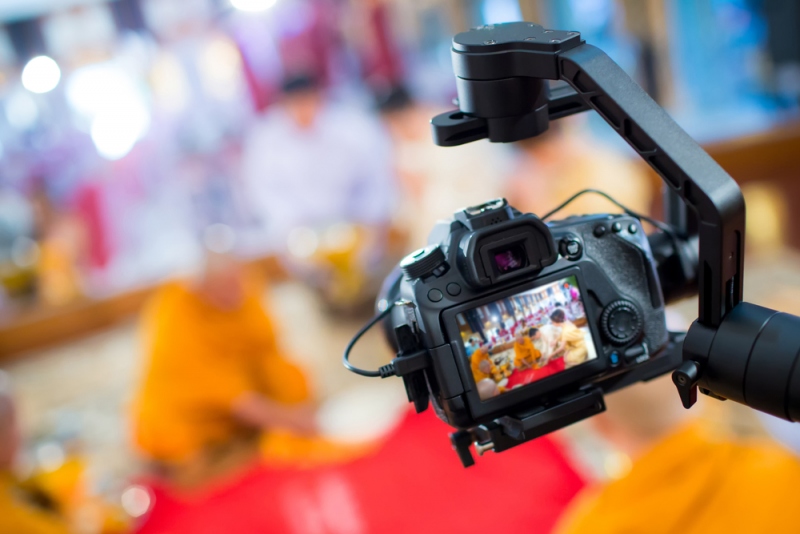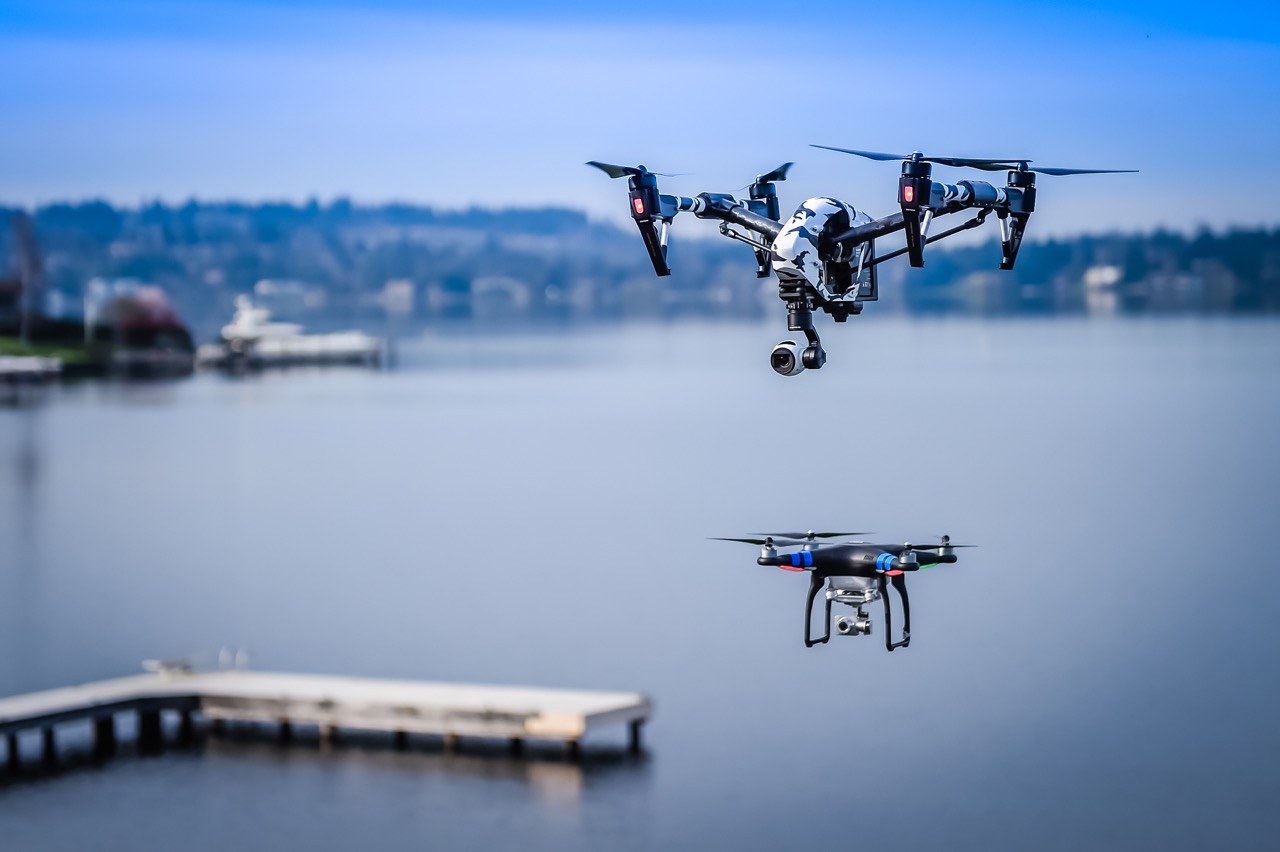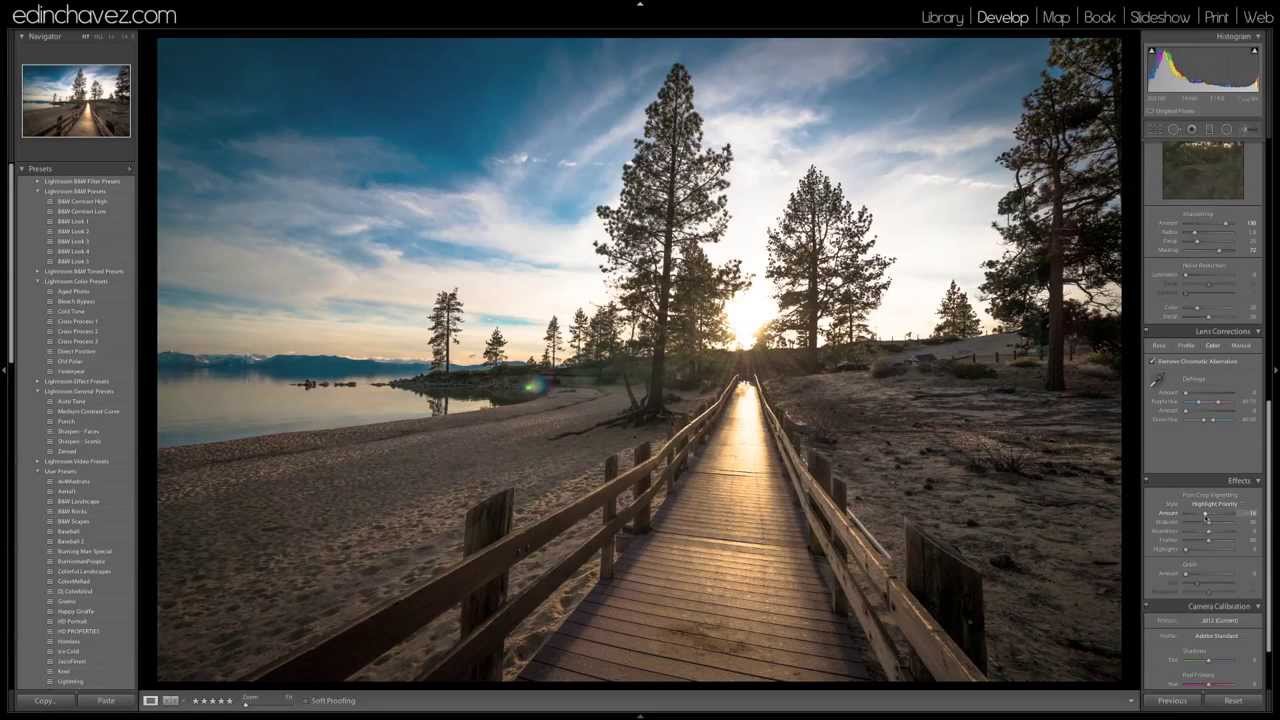The technology behind photography continues to emerge as years pass by. Gone are the days of black and white images, as well as Polaroid and film-operated cameras. With these innovations from the past up to this moment, the idea of what the upcoming future holds for photography is overwhelming.
In twenty, thirty years or so, people would probably think of 2D images as a thing from the past as 3D images will be the norm. Still, photographs will also be considered as ancient as holograms and video-mania will then be the trend. Just the thought of these ideas is amazingly intoxicating. But then, do these concepts really hold a strong possibility in the future?
3D Photography
Considering today’s advancements in technology, 3D images will no longer just be a possibility. Fuji, in particular, has already started the introduction of 3D digital camera through their Fuji FinePix Real 3D w1, a digital camera that can capture both 2D and 3D images. The built-in LCD frame of the camera will enable you to view 3D images without even requiring you to use special pair of glasses.
Despite the fact that this technology is not yet well applied today, just the simple fact that there are already some companies trying to make use of this technology is enough reason to support the idea that 3D indeed is one of the things that you should anticipate for the future of photography.
Hologram Images
Holograms have few accounted applications in today’s period, so the idea of using hologram in future photography is a bit unsure, although the possibility is still there. The idea of holographic photography is probably under study and will not be utilized any time soon. But if by any chance, certain technologies will pave the way for this futuristic possibility, then holograms can be seen as a full pledge component of photography.
Who knows, 20-30 years from now, museums and other exhibitions will ditch the use of 2D images and plain text label, and instead make use of holographic photographs alongside with other animated multimedia content in order to relay certain information on artifacts and displays. Exciting, isn’t it?
Videomania
Still images have always been the trend for photography, way back when it was first used up until this very moment. They have always been the norm from a wedding photographer in Perth to a professional fashion photographer in New York.
But, will it still be the case in the future? Or, is it possible that the craze for videomania will then be incorporated in future photography? This futuristic idea seems to be very ambitious but if you think about it, the possibility is always there considering the society’s crave for it. In few years time, it would not be surprising to see magazines that are published in paper thin tablets and notebooks, or scenes that are displayed on moving motion rather than just plain and boring still images.
At the end of the day, the possibilities that the future photography holds are endless. Everything would depend on how people of today and the future would take time to dedicate their efforts in incorporating new innovations and technology in the industry of photography. If past and future would work hand in hand, then nothing would be impossible, even in photography.











Comments